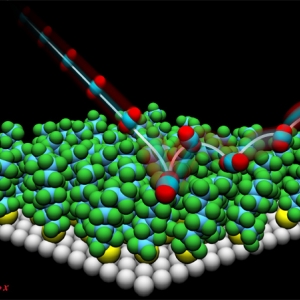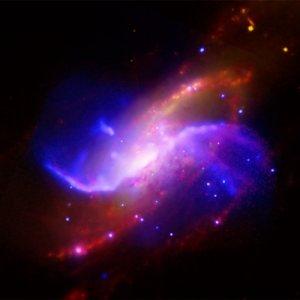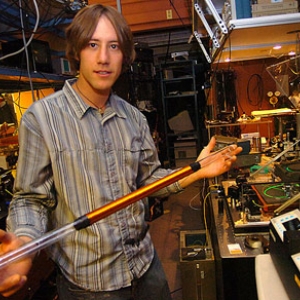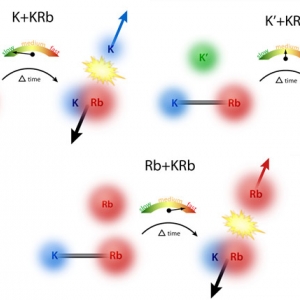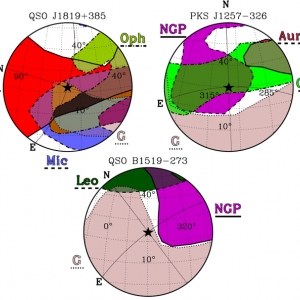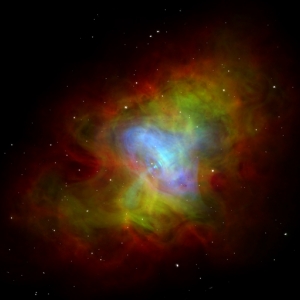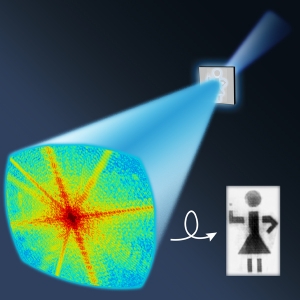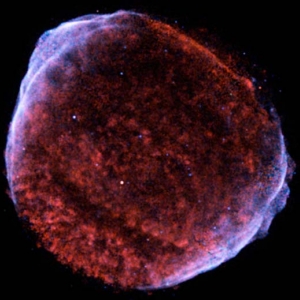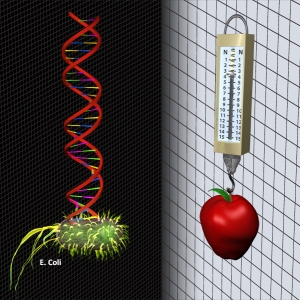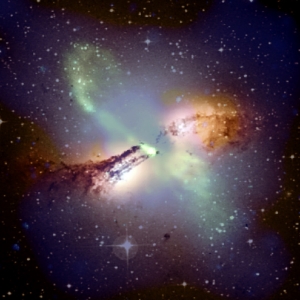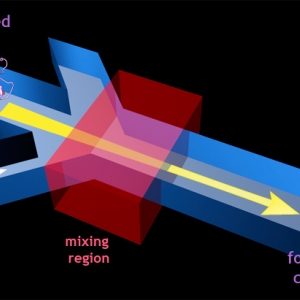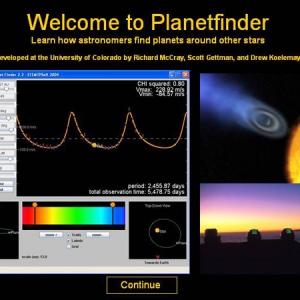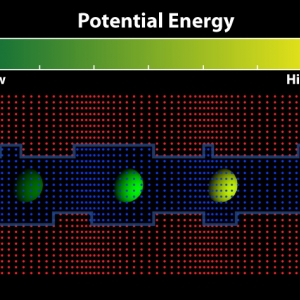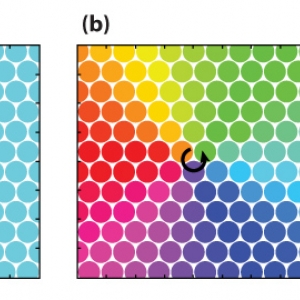Research Highlights
Displaying 381 - 400 of 470
Biophysics | Chemical Physics | Nanoscience
Splash 2
PI(s):
David Nesbitt
Astrophysics
Water Music on the Radio
PI(s):
Phil Armitage
Precision Measurement
The Gravity of the Situation
PI(s):
Jun Ye
Laser Physics | Nanoscience | Precision Measurement
Clock Talk
PI(s):
Jun Ye
Laser Physics | Nanoscience | Precision Measurement
Every Breath You Take
PI(s):
Jun Ye
Atomic & Molecular Physics
Lights, Magnets, Action!
PI(s):
Carl Wieman | Deborah Jin | Jun Ye
Astrophysics
Twinkle, Twinkle Mighty Quasar
PI(s):
Jeffrey Linsky
Astrophysics
Born to Spin
PI(s):
Rosalba Perna
Chemical Physics
One Ring to Rule Them All
PI(s):
J. Mathias Weber
Atomic & Molecular Physics
A Microscope without a Lens
PI(s):
Henry Kapteyn | Margaret Murnane
Astrophysics
Shocking Prediction Confirmed
PI(s):
Andrew Hamilton
Biophysics | Nanoscience
DNA: Force of Nature
PI(s):
Thomas Perkins
Astrophysics
Something Massive This Way Comes
Biophysics | Chemical Physics
A Protein Runs Through It
PI(s):
Ralph Jimenez
Atomic & Molecular Physics
Bohr + Schrödinger = Students Win
PI(s):
Carl Wieman
Biophysics
Reflection Grisms
PI(s):
Ralph Jimenez
Discovering New Planets
PI(s):
Richard McCray
Laser Physics
Echoes of Hidden Worlds
PI(s):
Steven Cundiff
Atomic & Molecular Physics
X-Ray Demolition Derby
PI(s):
Henry Kapteyn | Margaret Murnane
Atomic & Molecular Physics
A Failure to Communicate
PI(s):
Eric Cornell




